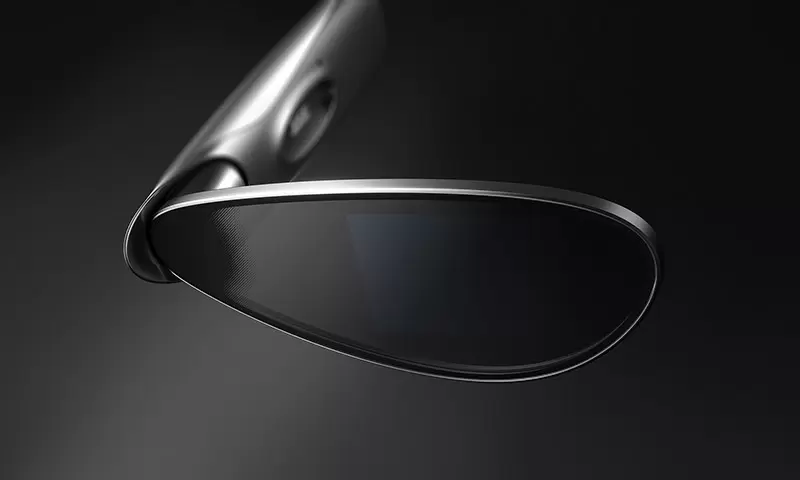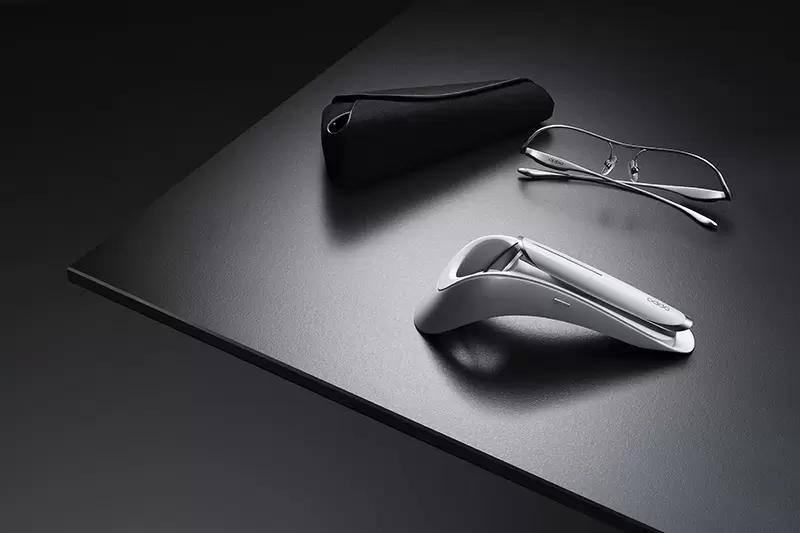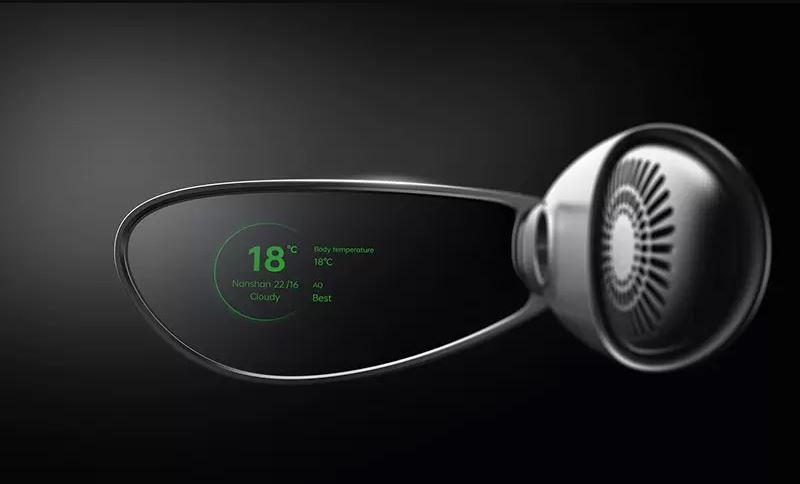The AR market got LARGER. Oppo revealed the Air Glass as its first commercially available AR headset. AR is the next big thing for tech companies, Oppo is now also here with their Oppo Air Glass. There are also rumors of Apple launching its first AR headset in 2022. AR is an exciting thing, AR is normally associated with smart headsets/glasses — allowing people to see notifications, get directions, and more without ever touching any device.
While products like Google Glass tried (and failed) to popularize AR years ago, new headsets coming out now might be better bound for success, Google came out with the Google Glasses too prematurely ahead of time, they should come up with a newer version of those glasses and they might find success.

Such is the case with Oppo Air Glass, it is their first AR glasses. Oppo says the Air Glass is an ‘assisted reality’ device rather than an augmented reality one.
Users put the Glasses on, connect them with any supported device, and they can immediately access the features of the Glasses. Oppo’s Vice President and Head of Research, Levin Liu said, “The easy-to-use display can present key messages we need right in front of our eyes. With Oppo Air Glass, the world will never look the same again.”
How the Glasses work and look like.
The big selling point of Air Glass is the design. It weighs just 30g and is marketed as the “lightest waveguide device ever”. Oppo said it was inspired by feathers, and the lens took inspiration from cicadas.
The Air Glass looks great, the UI is also good as demonstrated, the Air Glass uses Oppo’s Spark Micro Projector, Micro LEDs, and five ‘high-transparency glass lenses’ to make Air Glass’s interface easy to see both indoors and out.

That interface supports many apps like Weather, Calendar, Health, Teleprompter, Translation, and Navigation. The glasses also work with touch, head, hand, and voice controls. These features do sound strong. The glasses also look great, have promising tech powering them, and support a wide array of input controls.
The Air Glasses work with Oppo devices and the Oppo Watch 2. Additionally, the glasses will be sold in China. Not only does that limit Air Glass’s potential customers, but it may also deter developers looking to create AR apps for the platform.



